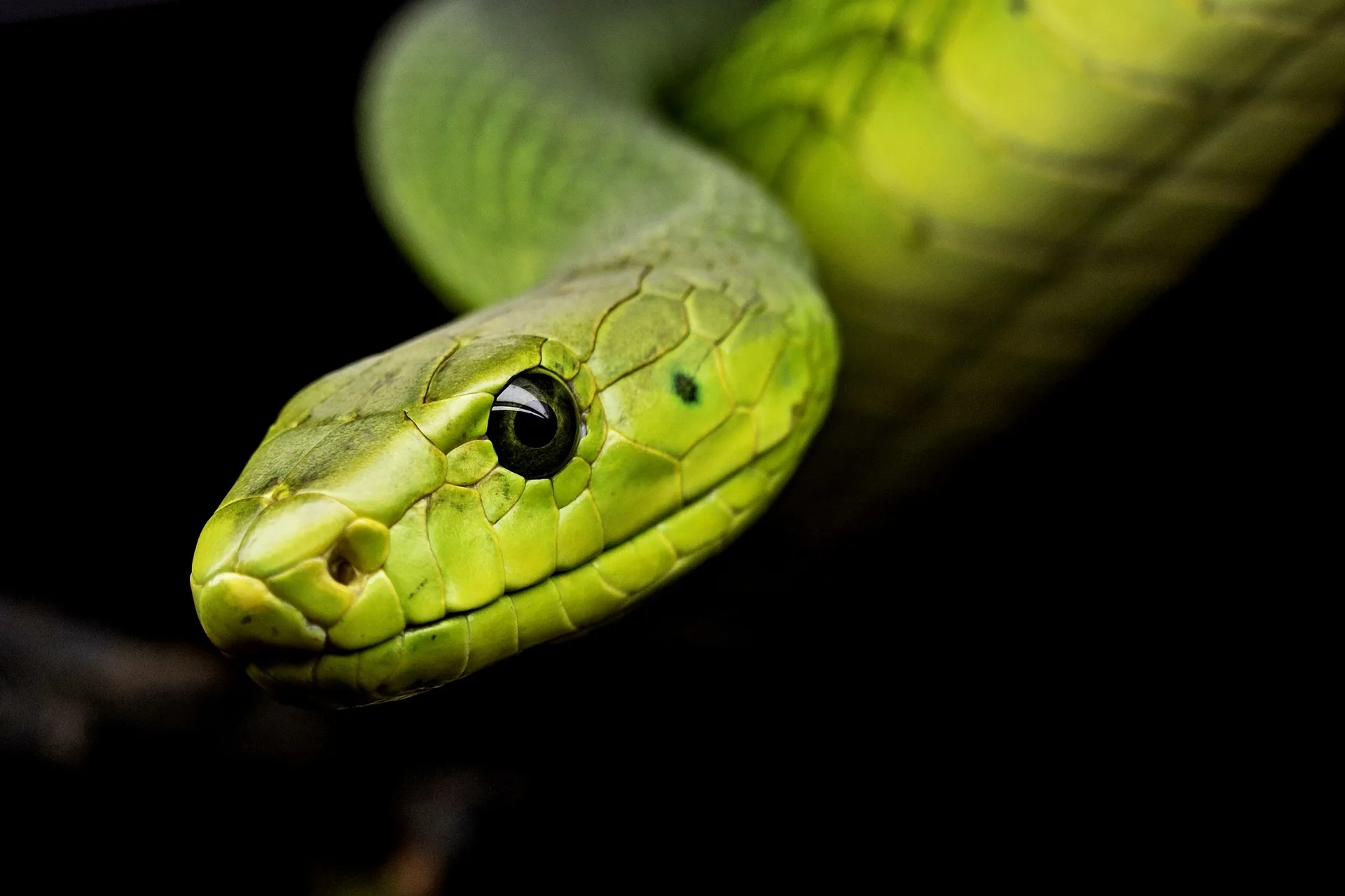The belief is widespread that snakes do not know how to close the eyelids, so they are forced to even sleep with open eyes. We decided to check if this is confirmed by scientific data.
They write about such a feature of the snakes sitescollecting entertaining facts, and educational resources for children. The statement is found in Scientific and popular And artistic literature, notes V social networks, on Portals With questions and answers. Even sites report about this distinctive line of snakes Moscow And Voronezh Zoo.
Snakes have a series features In the structure of the body. So, their kidneys are asymmetrically, the left lung or not at all, or it is rudimentarily, and the heart can move along the esophagus to facilitate the movement of food. Between the eyes and nose on both sides of the heads of these reptiles there are special receptors that allow them to capture heat radiated by warm -blooded. In the hunt, vibrational sensitivity helps them - the outer and middle ear (including the auditory hole and the drum overlain) is absent from the snakes, but a significant part of the body, which is in direct contact with the ground, allows you to recognize the approach of other animals.
At the same time, snakes almost do not rely on vision, some species can only distinguish light from darkness. Peculiarity The buildings of the eyes of these reptiles, distinguishing them from mammals, birds and other reptiles, in the fact that the focus is achieved not by changing the curvature of the lens, but its displacement relative to the retina.
In 2016, an international group of scientists discoveredthat the snakes that hunt during the day have special yellow “lenses” in the eyes that block bright ultraviolet light, allowing the reptile to clearly see in conditions of increased illumination. The species that lead a night lifestyle, on the contrary, have transparent “lenses” that pass more ultraviolet light and help them see in the dark.
Contrary to popular statements, a century at snakes No At all. Instead, these animals have special scales - in English literature they are called Brill, and in the Russian language the designation “eye cap” has established. Usually they are completely transparent, however, during the molting period they cluttered and go along with the rest of the cover.
Brill is motionless and completely closes his eyes, preventing his trauma. Studying the embryogenesis of lizards, scientists They came To the conclusion that this membrane is formed in the embryo by the merger of the upper and lower eyelids. A similar process in snakes is reliably not known, but most likely the mechanisms are similar. If we consider the motionless brillus as an analogue of the eyelids of the snake, it would be more correct to say not that snakes are sleeping with open eyes, but that they are awake with closed, because these special scales, in principle, never expose their eyes. Even when, in the process of molting, this membrane descends with the skin, the same new one has already formed in its place. Into the space between the eye and the eye cap also Come out The holes of the lumpy glands, providing constant moisture of the cornea.
Thus, the serpent has no century in principle and they cannot blink. The eyes of these reptiles are covered by Brill - a protective cap consisting of transparent scales. This membrane descends at the reptiles every molting with scales, when a new one has already been formed in its place. Since Brill never leave their eyes open, snakes do not sleep with open eyes, but rather awake with closed.
Image on the cover: Image by Michael KleinSSSER from Pixabay
Read on the topic:
If you find a spelling or grammatical error, please inform us of this, highlighting the text with an error and by pressing Ctrl+Enter.






